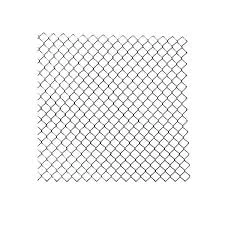Setting Fence Posts in Sandy Soil
When it comes to setting fence posts, the type of soil you are working with plays a crucial role in ensuring the stability and longevity of your fencing. Sandy soil, while easy to dig and work with, presents its own unique challenges. However, with the right techniques and tools, you can successfully set fence posts that will withstand the test of time.
First, it’s essential to understand the characteristics of sandy soil. Sandy soil drains quickly and tends to shift, which can lead to instability for fence posts. Therefore, it’s important to implement proper methods to secure the posts effectively. One of the most important steps is to choose the right materials. Wooden posts are commonly used, but for sandy soil, treated wood or metal posts can offer better durability and resistance against erosion.
Before installation, you need to prepare the area. Mark the positions where you plan to set the posts, ensuring they are evenly spaced. Use a post hole digger or auger to create deep holes—this is crucial in sandy soil, where the depth can prevent the posts from being easily uprooted by wind or other forces. A depth of at least 2 feet is recommended, but this may vary depending on the height of the fence and local regulations.
Once the holes are dug, place the posts into them, ensuring they are vertical. To keep them in place while you work, use stakes or hold the post in position using braces. The next step is to backfill the holes with a mixture of sandy soil and gravel. The gravel provides drainage and prevents the soil from washing away during heavy rains. This combination will also help to create a firm base around the post.
setting fence post in sandy soil

After backfilling, it’s crucial to compact the soil and gravel mixture as much as possible. Using a tamper or simply stepping on the area ensures that the material is tightly packed, which helps to stabilize the posts. Watering the area lightly can also aid in settling the soil and gravel mixture.
For added security, you can mix concrete with water and pour it into the hole around the post. This offers stronger support, especially for taller fences. Allow the concrete to cure according to the manufacturer’s instructions before adding any weight or tension to the fence.
Lastly, regular maintenance is key. Inspect your fence posts periodically for signs of shifting, loosening, or erosion, especially after heavy rains or storms. This proactive approach will ensure that your fence remains sturdy and functional for years to come.
In conclusion, while setting fence posts in sandy soil may present challenges, careful planning and execution can yield outstanding results. By ensuring proper depth, using the right materials, and taking the time to secure and compact the soil, you can create a lasting and sturdy fence that fulfills its purpose effectively.
















